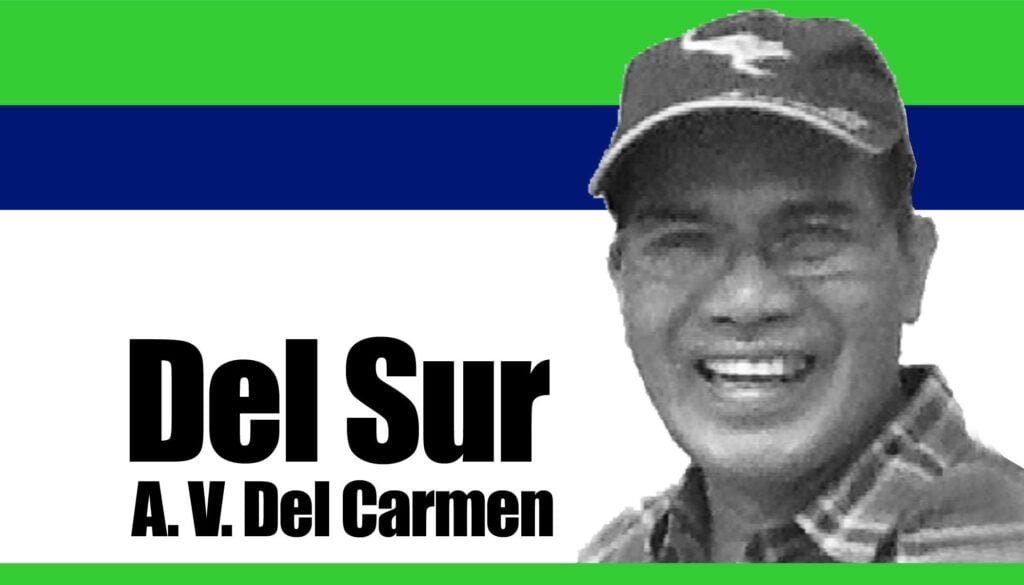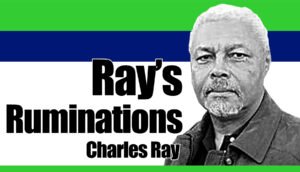
It is the month of Ramadan, the season of fasting from dawn to dusk for our Muslims brothers and sisters.
It is also a time for prayers.
Those who live near a masjid, or mosque, must have heard the ‘adhan’, or reminders or call for the faithful to pray. My personal encounter with these calls came during a trip to Surabaya, the second biggest city in Indonesia which happened during Ramadan time.
I did not realize that my hotel was located in the neighborhood of two masjids until I was awakened by a persistent chant-like sound on a public address system around 4:30 a.m. A quick call to the front desk enlightened me that it was a reminder for prayer time and that there were two mosques nearby. The chant-like sounds were repeated several times in a day.
A Muslim friend in Bacolod later told me that the adhan is made via public address system five times daily, the prayer schedule of Muslims – at 4:45 a.m., 12 noon, 3 p.m., 6 p.m. and 7 p.m. Each prayer lasts about 10 minutes.
During Ramadan, a special time is devoted at 7:30 in the evening for Tarawih prayers. These are special congregational Muslim prayers that include reading portions of the Qu’ran and cycles of movement during Islamic prayers.
As my Muslim friends say it, we greet them, too, “Ramadan Mubarak (Blessed).”
***
It’s been a hectic week. In addition to my regular laboratory tests and medical check-ups, the past days were spent meeting the final deadline (after seeking two extensions) for the submission of my report on the study of the history and development of the Maranao Muslims in Bacolod City.
The study, which received a small grant from the National Commission for Culture and the Arts for an individual project, includes a census in the local Maranao Muslim community and data gathering in Marawi City and Lanao del Sur, where the Maranaos come from. Focus group discussions with various groups were also conducted in the process.
The report includes the background of their migration, the business and sociological climate in the late 1950s and early 1960s when they arrived, their integration in the local community, their business enterprises and expansion as well as the observance and strengthening of their faith in their new home.
The paper also includes their assimilation through faith and inter-marriages.
I thank my former publisher and historian, Modesto Sa-onoy, for his insights related to my study which have been used as foreword in the report.
Most especially, I thank my team – Easter Ann Doza, Joevel Bartolome, Warda Magondacan, our Maranao group consultant, and Zaalica Dardagan – for their assistance in gathering data as comprehensibly as possible and for their tireless efforts exerted so that we could meet our deadline.
Special mention to our consultant, Dr. Earl Jude Cleope, vice president of Silliman University, history book author and professor, as well as Muslim community elder Masaranga Magondacan, our main source of information as he is the most knowledgeable on the background of local Muslims having migrated to the city in the early 1960s.
Our appreciation is also extended to the numerous resource persons who assisted so that we could comply with the preliminary requirements in securing the NCCA grant.
The research paper was conceived to provide data about the Maranao Muslims in the city who have become part of the local business and religious community for seven decades now. We believe this is the first attempt to document the history of the group in the city.
We are looking forward to the opportunity to publish the report into a book in the near future.
I trust that it will contribute to a better understanding of the Muslim community and further promote amity, harmony and peace.
***
What has been will be again, what has been done will be done again; there is nothing new under the sun. Is there anything of which one can say, “Look! This is something new”? It was here already, long ago; it was here before our time. (Ecclesiastes 1:9-10) – NWI



